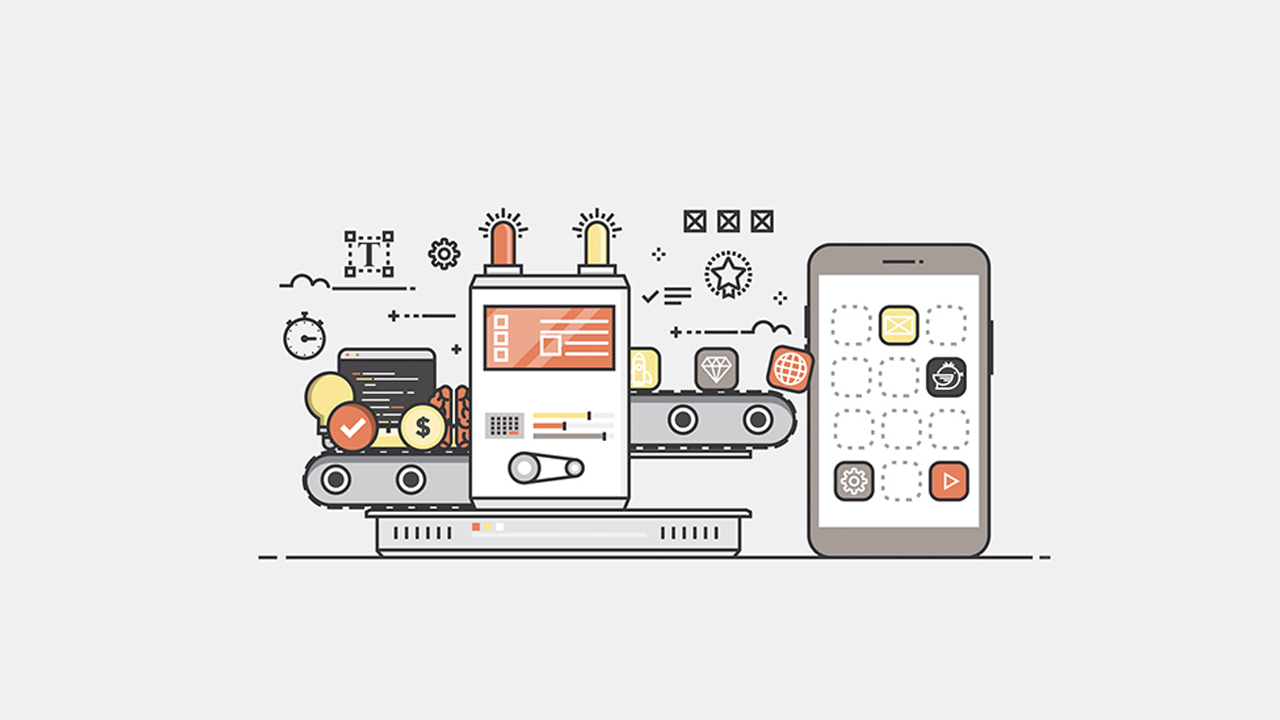Artificial Intelligence
7 examples showing the power of banking APIs
- APIs give rise to an otherwise impossible number of financial user experiences.
- Aside from the hype, what API-based banking product and services are gaining traction in the market?








